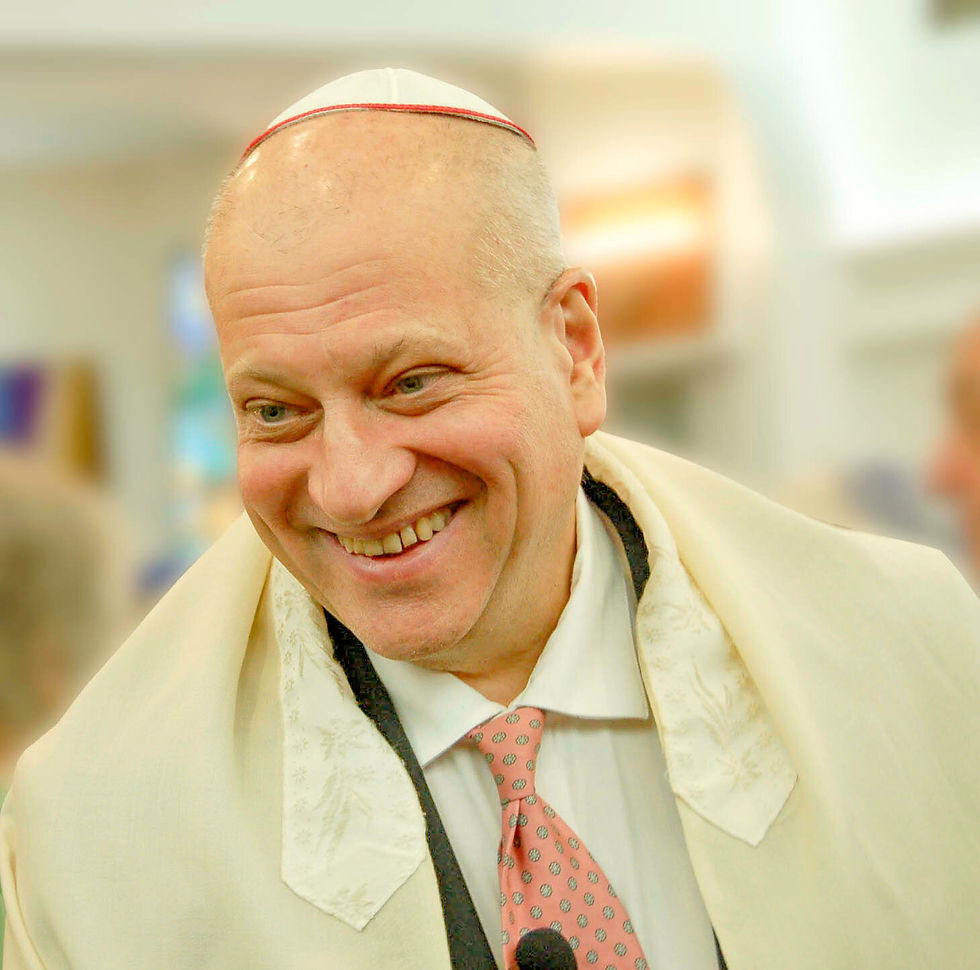Selichot Service in the Dark
- danaevankaplan
- Sep 29, 2016
- 2 min read
We held our Selichot service this past Saturday night by candlelight in the sanctuary using a rather avant garde liturgy that some felt was profoundly moving and others found a little bit bizarre. The highlight was Gabe S. sounding the shofar. He did one set of notes at the beginning of the service and three full sets at the end. Gabe has been taking lessons with the cantor along with two other students. Gabe has learned the notes extraordinarily well, inspiring everyone there. The three students will hopefully be sounding the shofar together at the Rosh Hashana services.

Photo Credit: Shirley Boyd
Selichot is normally recited the Saturday night before Rosh Hashana, but because this year it falls on a Sunday night, we did it a week earlier. The word Selichot is the plural form of Selichah, which means “sorry.” This service is an opening in our season of reflection on how we can be better people, including considering who we should ask for forgiveness and how we might do atonement. We want to do some soul searching in order to really try to make a difference in our feelings as well as our behavior for the coming year.

At the end of service, we took out all the Torahs and changed the covers from red to white in preparation for the High Holy Days. We did this not only in the sanctuary, but in the chapel as well, where we changed the cover on the large Torah. I don’t believe that there is a white cover for the small Torah in the chapel, so we left the red cover on that one.

In preparing this blog post, I remembered a conversation I had this past week with a very interesting gentleman from the Eastern Shore, Arth, who lived in Kota Kinabalu, now Malaysia, right before independence. He told me about a Hungarian archaeologist named Aurel Stein, who went on an archaeological expedition in China in 1907. The following year, Paul Pelliot discovered, among many other manuscripts, a Selichot prayer leaf from the eighth or ninth century in the Magao Caves.





Comments